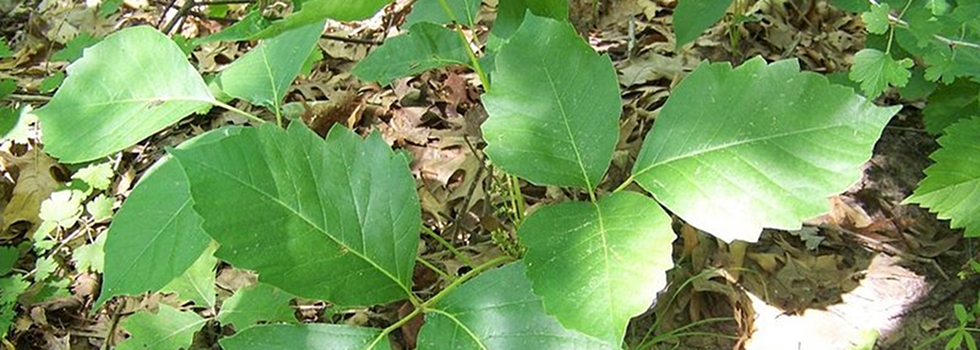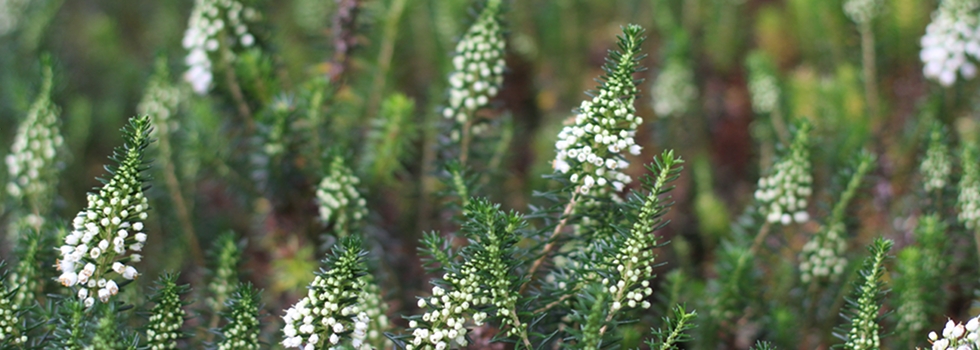Most people are bothered by skin irritations at some point in time. These irritations are so common and varied that they are called by different names, which can lead to confusion. When an allergen is responsible for triggering an immune system response, the irritation is an allergic skin condition.
There are several types of allergic skin conditions. An allergist / immunologist, often referred to as an allergist, has advanced training and expertise to determine which condition you have and develop a treatment plan to help you feel better.
Hives and Angioedema
Urticaria is the medical term for hives, which are red, itchy, raised areas of the skin. They can range in size and appear anywhere on your body. Most cases of hives are known as acute and go away within a few days or weeks, but some people suffer from chronic hives with symptoms that come and go for several months or years. Your allergist may prescribe antihistamines to relieve your symptoms.
If the cause can be identified, you should avoid that trigger. However, the majority of chronic cases are not related to allergy. Routine testing, such as blood counts or allergy screens, are not recommended as they are unlikely to determine a cause and do not make a difference in treatment strategies.
While related to hives, angioedema is swelling that affects the deeper layers of the skin. It is usually not red or itchy and often involves the eyelids, lips, tongue, hands and feet. Angioedema commonly occurs with hives, but can occur on its own.
Food, drug or insect sting reactions are a common cause of acute hives and angioedema. Viral or bacterial infections can also trigger acute hives. Hives can also be caused by physical factors such as cold, heat, exercise, pressure and exposure to sunlight.
Dermatitis
An inflammation of the skin that produces a red, scaly, itchy rash is known as dermatitis. Two of the most common types are atopic dermatitis (often called eczema) and contact dermatitis.
Atopic Dermatitis (Eczema)
Eczema is a chronic skin condition that usually begins in infancy or early childhood and is often associated with food allergy, allergic rhinitis and asthma.
Certain foods can trigger eczema, especially in young children. Skin staph infections can cause flare-ups in children as well. Other potential triggers include animal dander, dust mites, sweating, or contact with irritants like wool or soaps.
Preventing the itch is the main goal of treatment. Do not scratch or rub the rash. Applying cold compresses and creams or ointments is helpful. It is important to avoid all irritants that aggravate your condition. If a food is identified as the cause, eliminate it from your diet.
Corticosteroid and other anti-inflammatory creams that are applied to the skin are most effective in treating the rash. Antihistamines are often recommended to help relieve the itchiness. In severe cases, oral corticosteroids are also prescribed. If a skin staph infection is suspected to be a trigger for an eczema flare-up, antibiotics are often recommended.
Contact Dermatitis
When certain substances come into contact with your skin, they may cause a rash called contact dermatitis. There are two kinds of contact dermatitis: irritant and allergic.
Irritant contact dermatitis occurs when a substance damages the part of skin the substance comes in contact with. It is often more painful than itchy. The longer your skin is in contact with the substance, or the stronger the substance is, the more severe your reaction will be. These reactions appear most often on the hands and are frequently due to substances contacted in the workplace.
For irritant contact dermatitis, avoid the substance causing the reaction. Wearing gloves can sometimes be helpful. Avoiding the substance will relieve your symptoms and prevent lasting damage to your skin.
Allergic contact dermatitis is best known by the itchy, red, blistered reaction experienced after you touch poison ivy. This allergic reaction is caused by a chemical in the plant called urushiol. Reactions can happen from touching other items the plant has come into contact with. However, once your skin has been washed, you cannot get another reaction from touching the rash or blisters. Allergic contact dermatitis reactions can happen 24 to 48 hours after contact. Once a reaction starts, it may take 14 to 28 days to go away, even with treatment.
Nickel, perfumes, dyes, rubber (latex) products and cosmetics also frequently cause allergic contact dermatitis. Some ingredients in medications applied to the skin can cause a reaction. A common offender is neomycin, an ingredient in antibiotic creams.
Treatment depends on the severity of the symptoms. Cold soaks and compresses can offer relief for the early, itchy blistered stage of a rash. Topical corticosteroid creams may be prescribed. For severe reactions such as poison ivy, oral prednisone may be prescribed as well.
To prevent the reaction from returning, avoid contact with the offending substance. If you and your allergist cannot determine what caused the reaction, your allergist may conduct tests to help identify it.
Healthy Tips
• If you have red, bumpy, scaly, itchy or swollen skin, you may have a skin allergy.
• Urticaria (hives) are red, itchy, raised areas of the skin that can range in size and appear anywhere on your body. Angioedema is a swelling of the deeper layers of the skin that often occurs with hives.
• Atopic dermatitis (eczema) is a scaly, itchy rash that often affects the face, elbows and knees.
• When certain substances come into contact with your skin, they may cause a rash called contact dermatitis.
(from AAAAI.org Tips to Remember: Allergic Skin Conditions)










